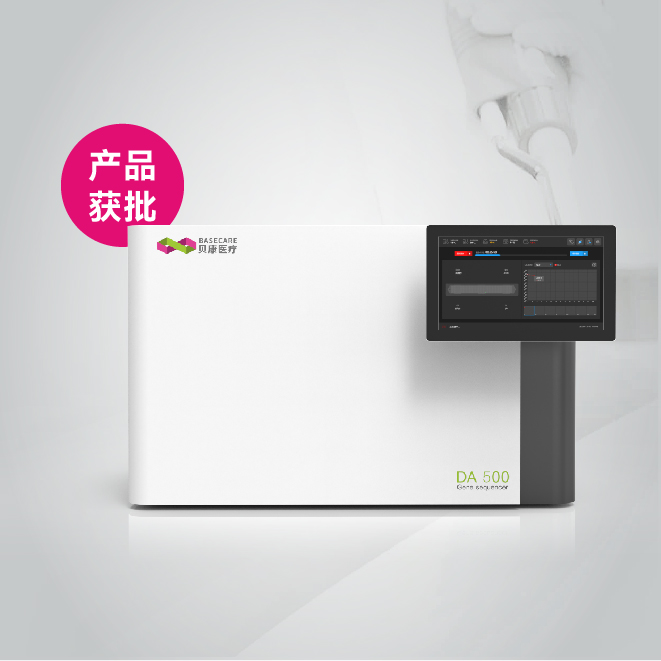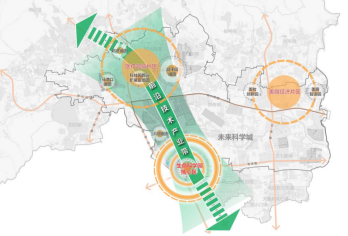多年来,科学家一直依靠静态的图像来了解导致癌症复发的关键蛋白。现在,美国南方卫理公会大学(SMU)的生物化学家另辟蹊径,为人体P糖蛋白(P-glycoprotein)构建了动态的三维计算机结构模型,使其能更直观地显示P糖蛋白的工作原理,这有助于改进阻止癌症复发的化学疗法[1]。

P糖蛋白又被称之为多药耐药性蛋白,很多化疗药物不起作用都与其有关。P糖蛋白能够自发地从细胞内吸出毒素,但当癌症细胞表达出比正常细胞更多的P糖蛋白时,化疗药物将不再有效,因为P糖蛋白会把它当作毒素,在其摧毁癌细胞之前将其抽出。
该校生物科学系的副教授约翰·怀斯表示:“我们正在找寻一些能临时抑制抽吸作用的小分子,一种能够保持化疗化合物存在直至其杀死癌细胞的安全、有效的新药。”
科研人员通过进化关系和有关P糖蛋白组成的科学知识,推断出了人类P糖蛋白的结构。并利用计算机模型,动态模拟展示了这种蛋白的抽吸动作。他们基于囊括了2100万可商购化合物的ZINC数据库展开了模拟筛查,其每天可借助SMU的高效计算机筛选大概4万种化合物。怀斯等人还能在计算机中构建这些化合物分子,并将温度提升至37摄氏度以模拟人体环境,或是保持适当的盐分和其他适宜的环境等,就像在实际的实验中一样,从而营造出可遵循物理定律和生物化学原理移动的三维模型。借助这种方式,科学家能看到化合物如何与蛋白发生动态的相互作用,而不仅仅是静态的快照。
研究人员称,新的模型是一种功能强大的发现工具,尤其是与高效的超级计算共同作用时效果更好。他们已经利用动态的三维模型筛选了超过800万的潜在药物化合物,并对有希望成功制止化疗失败的几百种进行了测试。结果显示,其中有少数化合物能够抑制P糖蛋白的抽吸机制。下一步,他们还将回溯至三维计算机模型,继续找寻类似的化合物,但其最终是否能制成抗癌药物仍有待检验。
怀斯谈到,这是一种良好的原理验证,在计算模型中运行化合物能够快速、经济而有效地从大量化合物中筛选出可进行测试的药物,这将为找到允许化疗化合物进入体内并摧毁癌细胞的潜在新型药物铺平道路。

[1]The Effect of Environment on the Structure of a Membrane Protein: P-Glycoprotein under Physiological Conditions
The stability of the crystal structure of the multidrug transporter P-glycoprotein proposed by Aller et al. (PDBid 3G5U) has been examined under different environmental conditions using molecular dynamics. We show that in the presence of the detergent cholate, the structure of P-glycoprotein solved at pH 7.5 is stable. However, when incorporated into a cholesterol-enriched POPC membrane in the presence of 150 mM NaCl, the structure rapidly deforms. Only when the simulation conditions closely matched the experimental conditions under which P-glycoprotein is transport active was a stable conformation obtained. Specifically, the presence of Mg2+, which bound to distinct sites in the nucleotide binding domains (NBDs), and the double protonation of the catalytic histidines (His583 and His1228) and His149 were required. While the structure obtained in a membrane environment under these conditions is very similar to the crystal structure of Aller et al., there are several key differences. The NBDs are in direct contact, reminiscent of the open state of MalK. The angle between the transmembrane domains is also increased, resulting in an outward motion of the intracellular loops. Notably, the structures obtained from the simulations provide a better match to a range of experimental cross-linking data than does the original 3G5U-a crystal structure. This work highlights the effect small changes in environmental conditions can have of the conformation of a membrane protein and the importance of representing the experimental conditions appropriately in modeling studies.








